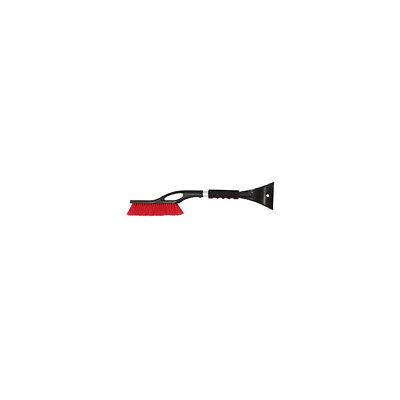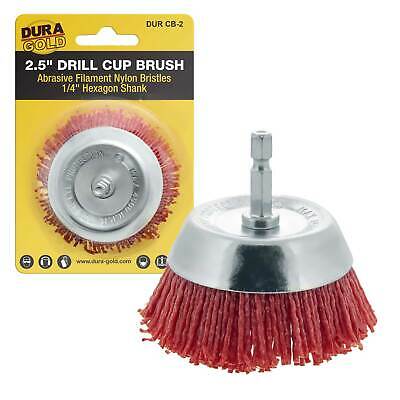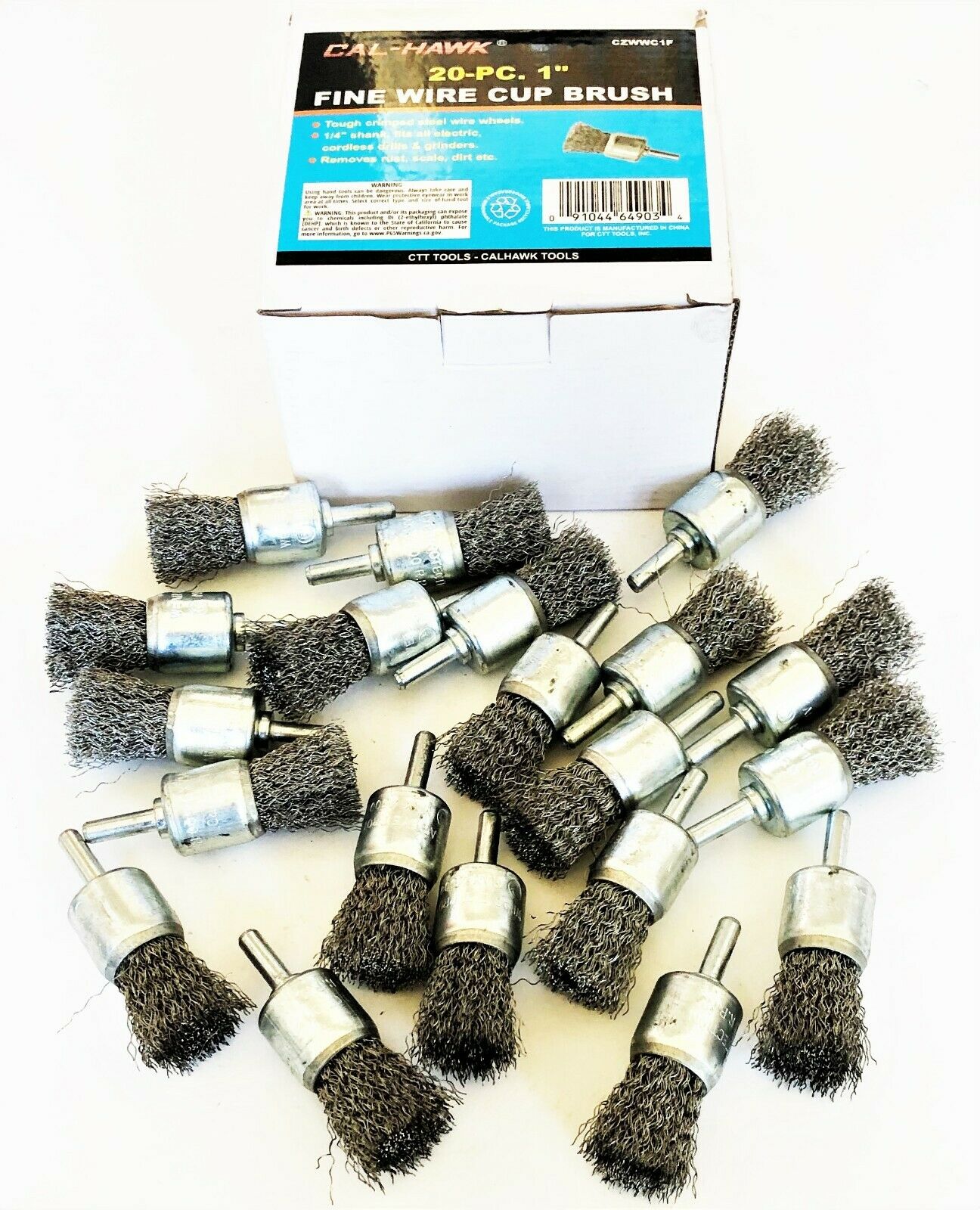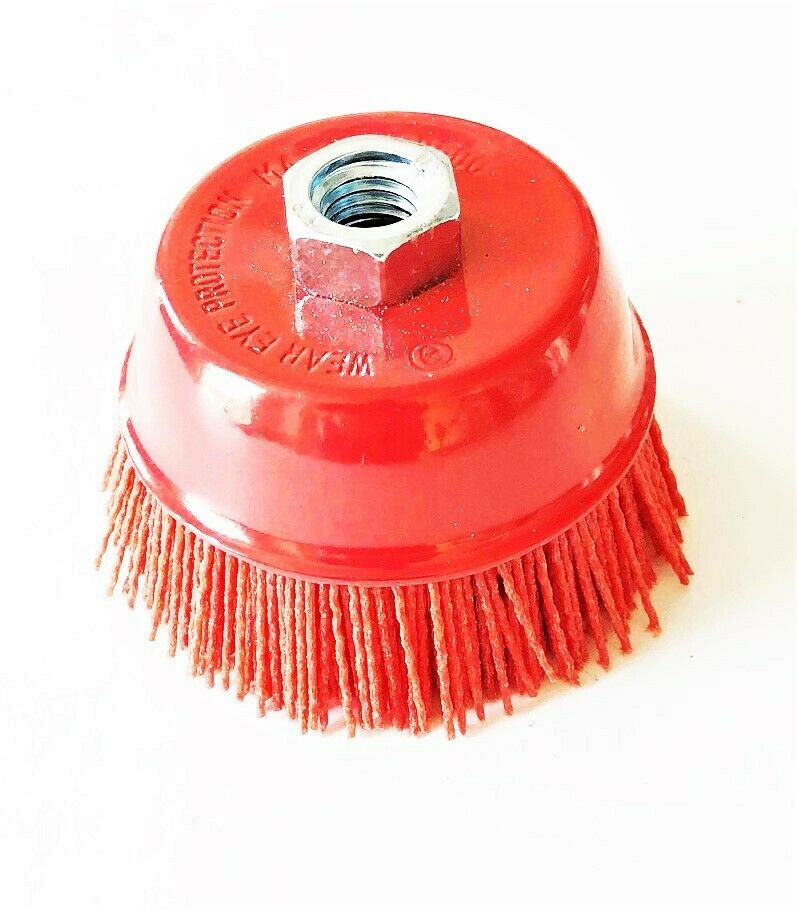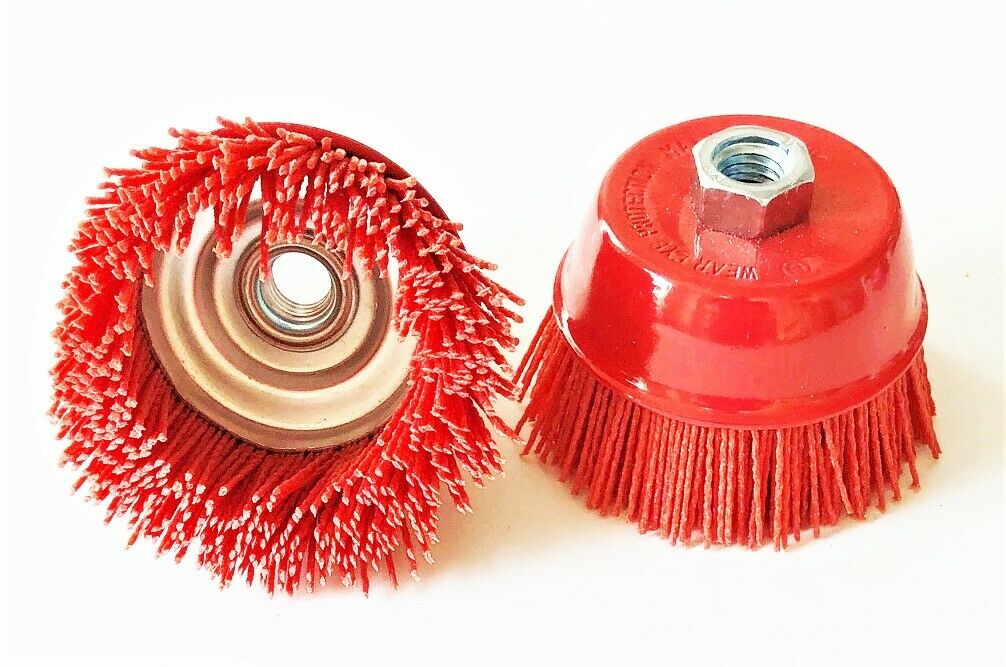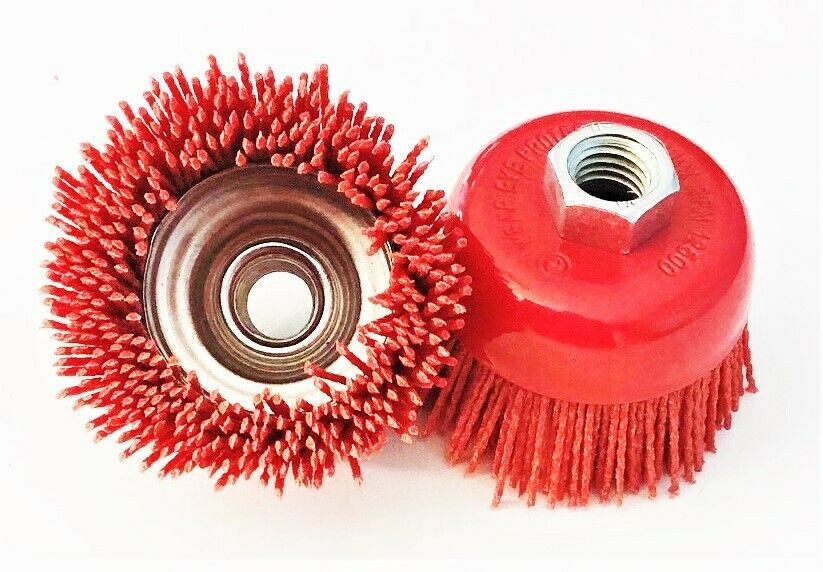-40%
Osborn 00032131SP 32131S Abrasive Cup Brush, Silicon Carbide
$ 46.96
- Description
- Size Guide
Description
Osborn Buffing Brushesare used to smooth away excess wood fiber from your logs caused by chemical stripping, pressure washing, or corn cob blasting. Osborn Buffing Brushes are made with a nylon bristle coating instead of metal, which prevents any potential rusting. Rated for up to 6000 RPM, it is suggested that the brushes be operated at 1800 RPM speed. By slowing the speed down, the life span of the brush is greatly increased as well as minimizing the possibility of burning the logs. The Obsorn Buffing Brushes are not intended for stripping finishes.
Osborn Buffing Brush Features & Benefits:
• Professional Grade.
• 80 or 120 Grit.
• 4” Brush ~ Use with a 4'', 7” or 9” Variable Speed Polisher or Angle Grinder.
• 6” Brush ~ Use with a 7'' to 9'' Variable Speed Polisher or Angle Grinder.
Osborn Buffing Brush Usage:
• Surface Preparation Prior to Stain Application.
• Removal of felting, fuzzing or raised grain following pressure washing or media blasting.
• Osborn Buffing Brushes are not designed for use on metal.
Osborn Buffing Brush Pressure:
• Avoid excessive pressure when using a power brush.
• Excessive pressure causes over-bending of the filaments and heat build-up resulting in filament breakage, rapid dulling, and reduced brush life.
• Instead of greater pressure on a brush, it is suggested that you try: (1) a brush with a more aggressive cutting action (increased wire size, decreased filament length, change to a different brush type), or (2) higher speed (increased R.P.M., increase brush diameter.)
Track Page Views With
Auctiva's FREE Counter

